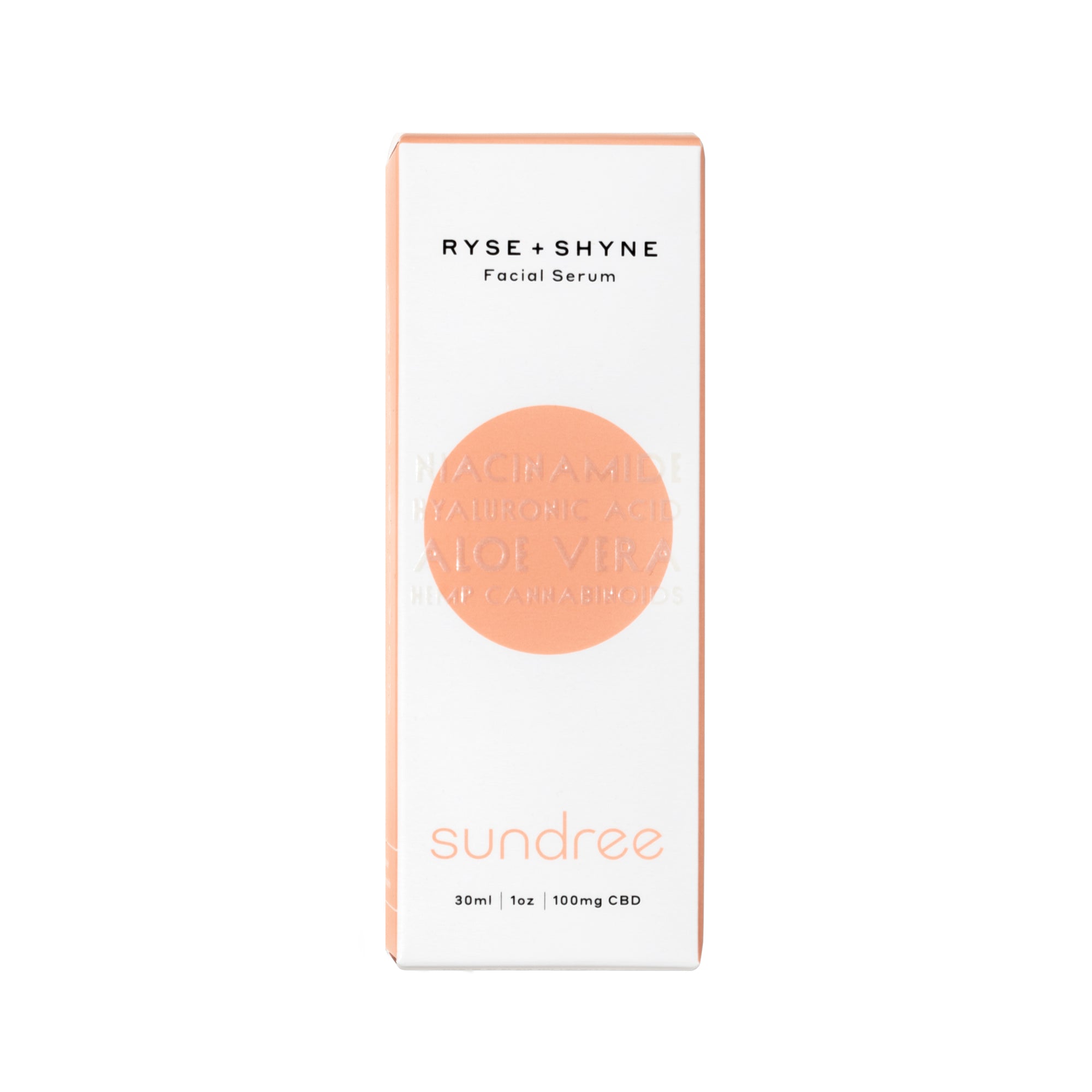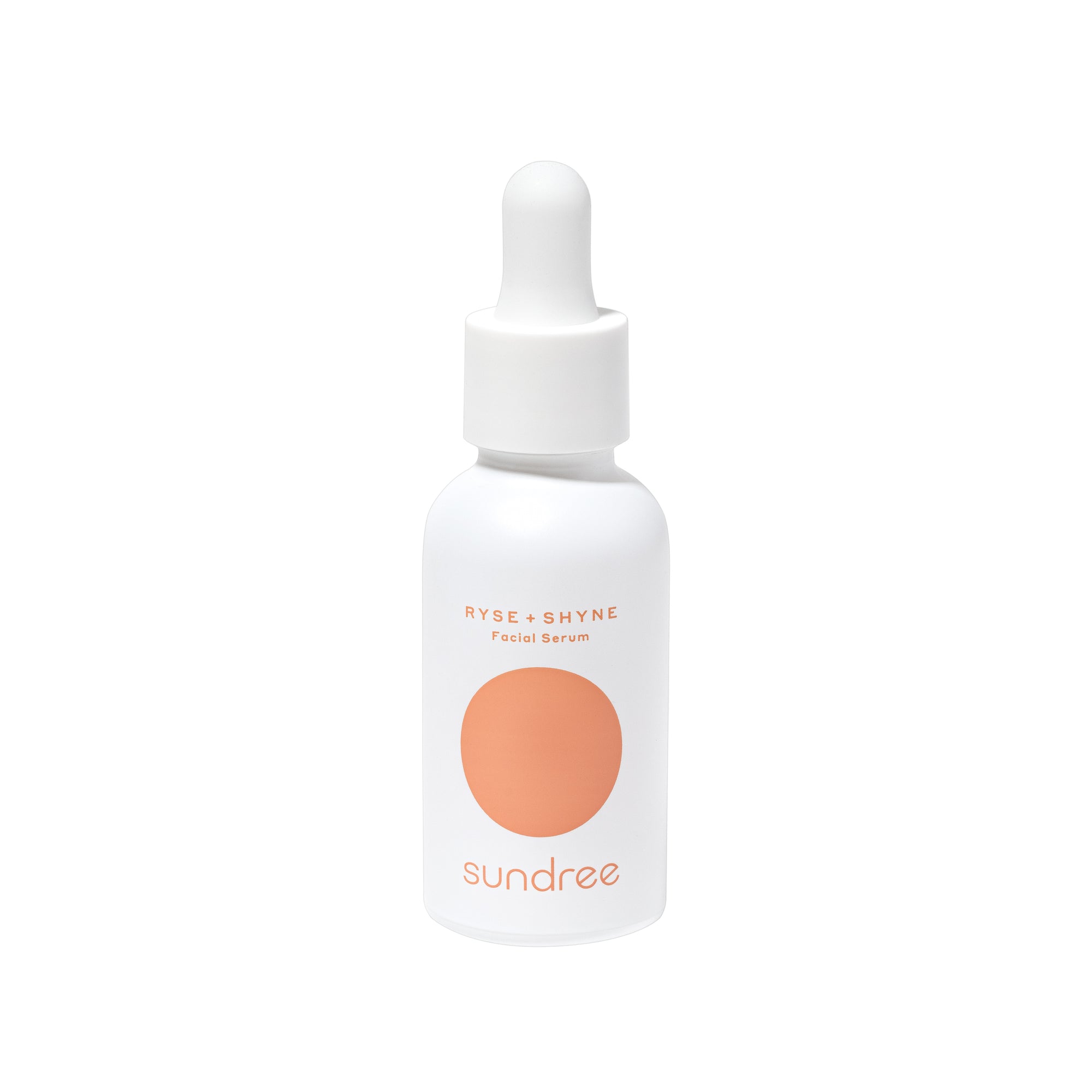We've all heard the term "dead skin" and may think it's something we don't want to have, but it isn’t such a bad thing. It has a purpose and helps in keeping our skin healthy and revitalized. However, too much of it can be bad for the skin.
The key to a smooth and supple complexion is a steady exfoliation process that draws out dead skin buildup from the skin. Timely and regular removal of dead skin ensures that dead skin is there to perform its function. In addition, safely removing dead skin cells is essential for achieving and sustaining clear and healthy skin that glows from within.
That being said, getting rid of dead skin may not be such a simple venture, especially if you’re a novice in the vast realm of skincare and beauty. Luckily, we’re here to help you learn about dead skin and its removal to reveal your glow.
What is Dead Skin?
The epidermal layer of the skin is composed of dead skin cells. The human skin is known to shed around 30,000 to 40,000 dead skin cells on average every minute during the day.¹ The human eye cannot observe the process of shedding dead skin.
Our body naturally produces new skin cells and replaces the dead skin cells with newer, healthier cells. The healthy skin cells lie deeper within the epidermal layer of the skin and move upward toward the outer surface as the old, dead skin cells are shed from the skin. The layer of dead cells acts as a buffer and provides a barrier to the skin, serving to help the skin stay healthy and protected.
The natural action of shedding dead skin cells usually takes place without any external effort. However, the natural process may be slowed down, accelerated, or obstructed due to specific reasons, which may lead to various side effects.
What Causes Dead Skin Cells?
We know that the natural removal process of dead skin cells may be hindered or fast-tracked due to certain factors. So let’s take a deeper look into the reasons behind this.
- Age - With age, the skin’s natural process of shedding old, dead skin slows down. The skin stops removing dead skin cells at the same rate it used to do before. Also, the production of sebum reduces. This results in drier skin and more buildup of dead skin on the skin's outer surface.
- Not Cleansing Properly - If you’re not into cleansing your skin each day, you may be putting it at risk of developing more dead skin cells on its surface. The dead skin cells linger on your skin longer than usual and, when combined with makeup, dirt, and oil, can make it harder to get rid of dead skin.
- Skipping Exfoliation - Exfoliating the skin using physical or chemical exfoliators can speed up the process of shedding dead skin. You don’t have to do it every day like cleansing. Exfoliating the dull, dead skin once or twice a week is enough.
- Weather - Climate changes are also factors that can reduce the speed of shedding dead skin. Cold weather and extreme temperatures can cause dryness, dehydration, and inflammation, which can cause dead skin cells to trap inside the pores and lead to skin issues.
- Wrong Moisturizer - While regular cleansing and exfoliation are necessary to maintain the normal process of shedding dead skin cells, the significance of the right moisturizer is important. Dehydration and dryness can make the skin more prone to accumulated dead skin. Therefore, choosing your moisturizer according to your skin type is essential to reap its benefits.
- Sun Exposure - You might know that dry and cold weather can deprive your skin of its essential moisture, paving the way to dry and dead skin buildup. The sun’s rays can do the same if you don’t apply and reapply sunscreen with at least SPF 30.² It will protect the skin from damage and keep the process of removing dead skin running smoothly.
- Skin Conditions - Certain inflammatory skin problems that make the skin susceptible to itching, redness, and flaking can increase the accumulation of dead skin cells. Harsh skincare products, soap, low humidity, and sun exposure can worsen these conditions, so it’s important to manage them to avoid the problems.³
How to Remove Dead Skin Buildup?
While it may sound challenging for some to remove dead skin cells consistently, we’re here to help you. Here are a few of the simplest and effective ways of removing dead skin buildup from the surface of the skin:
Manual Scrubs - Scrubs are a very common way of getting rid of dead skin buildup from the epidermal layer of the skin. There are different scrubs made of sugar, salt, coffee, oats, and beads. They help remove dead skin by gently exfoliating it.
Chemical Exfoliants - Some commonly known chemical exfoliants include salicylic acid, glycolic acid, and lactic acid. These acids function to loosen the substance that holds skin cells together. While applying acids to the skin may sound scary, they work wonders on the skin.
You can choose from alpha-hydroxy acids (AHAs) or beta-hydroxy acids (BHAs) to gently exfoliate the facial skin. Make sure you know which acid works best for your skin. It’s best to start with a gentle, low-strength formula to help avoid any reactions.
Facial Sponges or Cleansing Tools - Facial sponges and cleansing tools are easy to use and gentle on the skin, making them valuable for drawing out dead skin buildup. Facial sponges are usually made of soft material that gently buffs away dead skin cells lying on the skin's surface.
Chemical Peels - You have to be very careful when choosing to do a chemical peel. Some of them can be pretty painful and uncomfortable. Chemical peels can even lead to negative impacts on the skin. Some peels are best for more severe acne, while others can help control other skin issues.
Most chemical peels are formulated using acids that help to remove dead skin cells, tighten pores and boost the natural radiance and suppleness of the skin. Your skincare specialist can guide you on which chemical peel will work the best for your skin type and aid in removing dead skin buildup.
Moisturizer - Exfoliating your skin without amply hydrating and moisturizing it will weaken your skin barrier. So, exfoliating twice a week and using moisturizer are essential for healthy skin. Moreover, if your skin is adequately hydrated and moisturized, there will be fewer dead skin cells, to begin with. Just remember to invest in a good quality moisturizing lotion, cream, or gel to deliver your skin the moisture it needs.
Final Thoughts
Our skin naturally sheds dead, old skin cells daily to make space for fresher, healthier skin cells and reveal a smooth and radiant complexion. However, this process can be altered due to a few factors, causing the dead skin to accumulate on the outer surface of the skin. When the removal of dead skin gets hindered, it can lead to the stacking of dead cells and put a damper on the skin’s health and appearance.
If you don’t slough away that dead skin pile up correctly, your skin may appear lifeless, rough, scaly, wrinkled, and dry. If your dead skin isn’t being removed properly through the natural process of exfoliation, you can manually remove the dead skin cells and reveal an even, smooth, and firm complexion underneath. Therefore, routine exfoliation is recommended to help achieve healthy, happy skin.
Citations:
- KidsHealth Medical Experts. (2022). ‘Your Skin’, KidsHealth, Accessed November 10, 2022. Available at: https://kidshealth.org/en/kids/skin.html#:~:text=Bye%2DBye%20Skin%20Cells&text=Though%20you%20can't%20see%20it%20happening%2C%20every%20minute%20of,probably%20lost%20about%2040%2C000%20cells.
- MacGill, Markus. (2018). ‘Which sunscreen should I use’, MedicalNewsToday, Accessed November 11, 2022. Available at: https://www.medicalnewstoday.com/articles/306838
- Air Things. (2022). ‘What is Humidity’, Airthings.com, Access November 11, 2022. Available at: https://www.airthings.com/what-is-humidity













